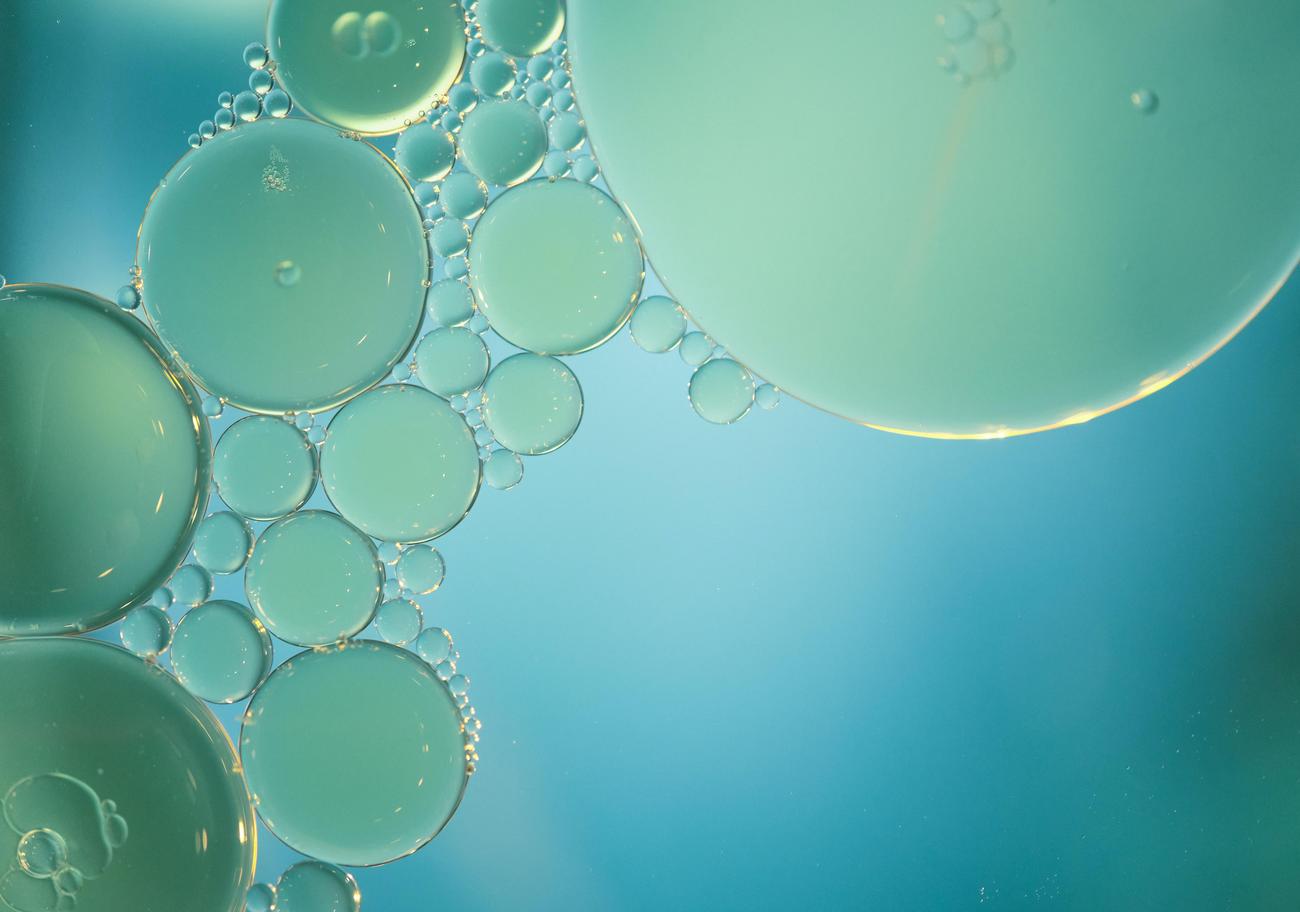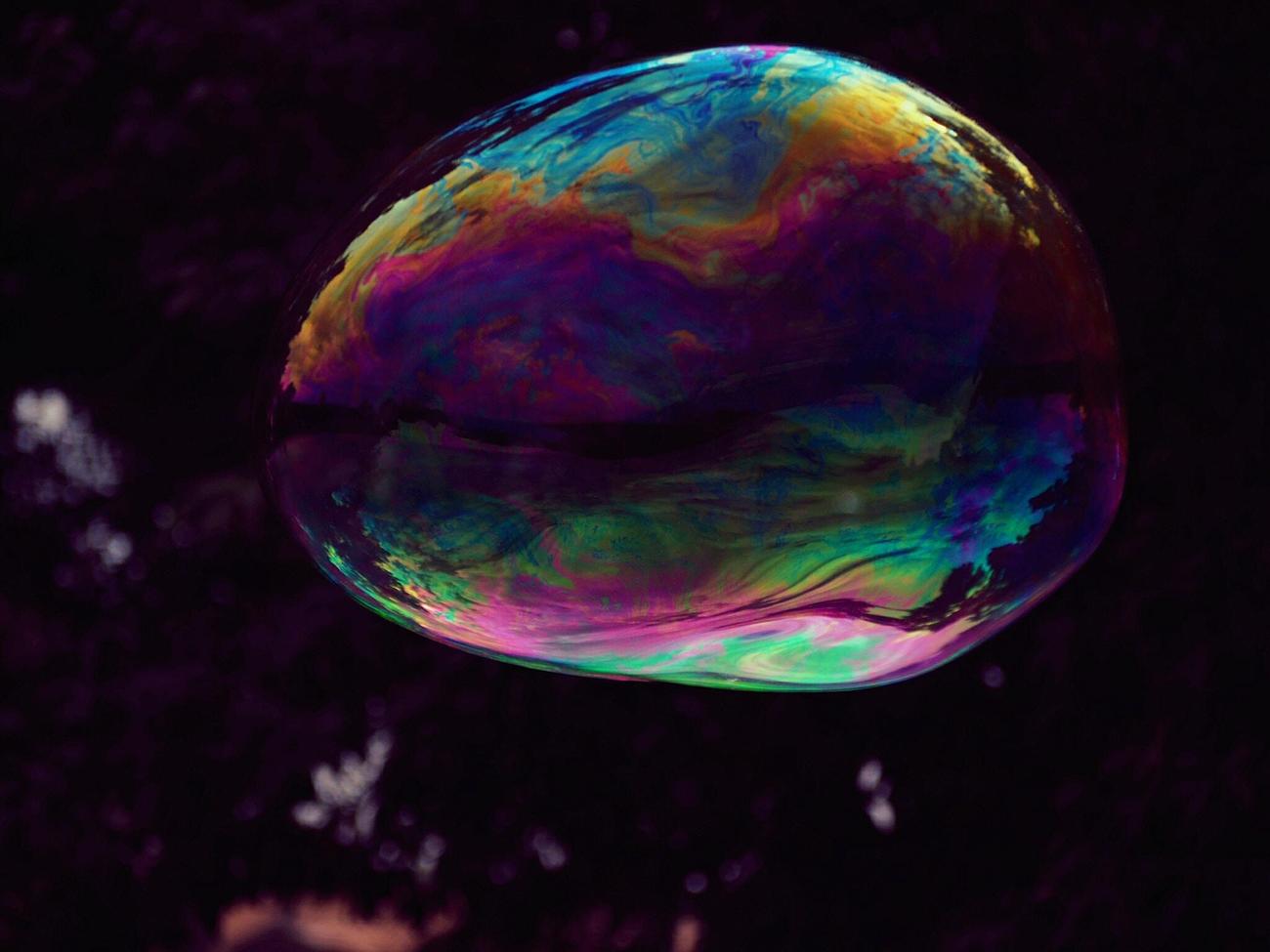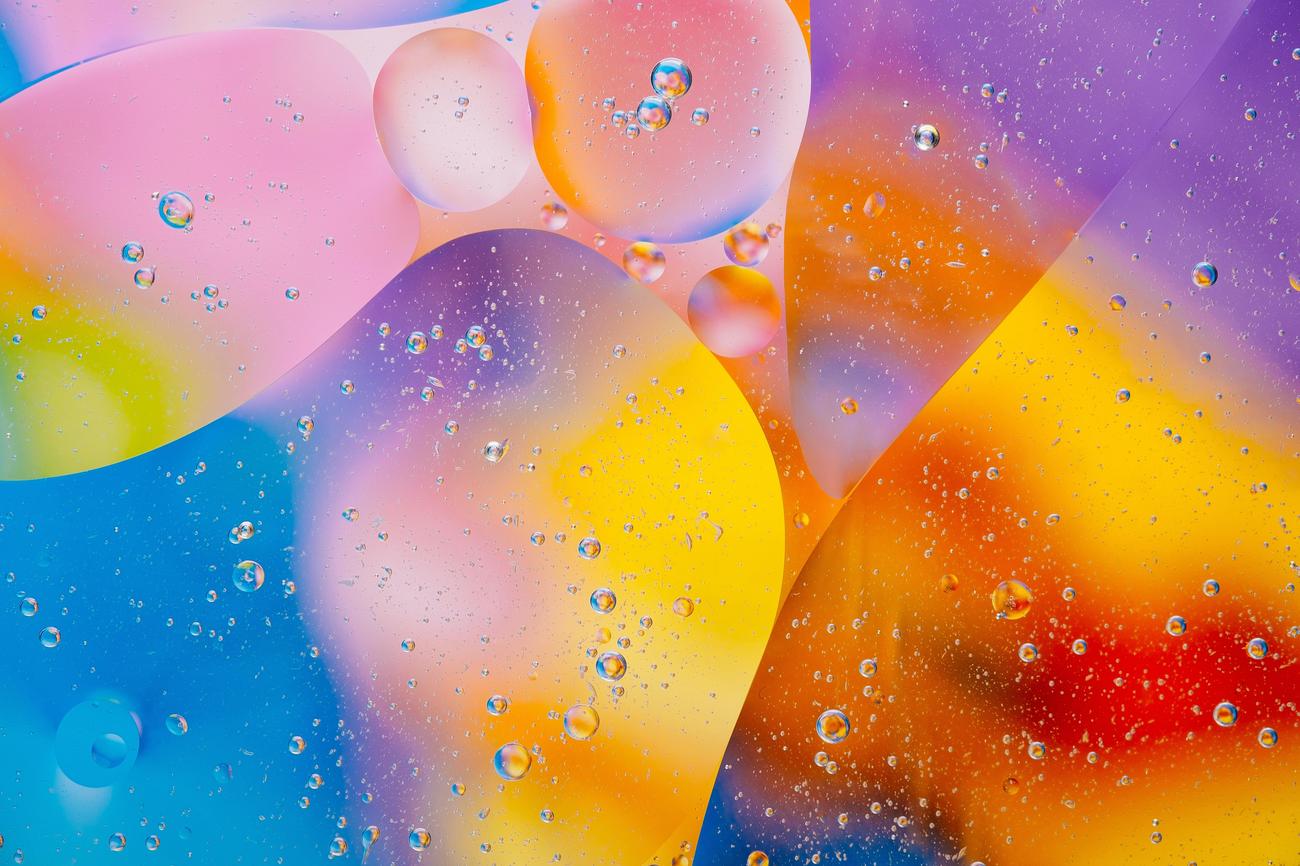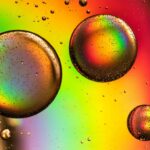If there’s one thing that captivates both young and old alike, it’s the mesmerizing world of bubbles. These seemingly simple and delicate spheres have a way of enchanting us with their iridescent hues and graceful movements. But beyond their ephemeral beauty lies a wealth of fascinating properties waiting to be explored. From defying gravity to holding intricate shapes and creating stunning colors, bubbles hold an array of secrets that continue to baffle scientists. In this article, we delve into the captivating realm of bubble science, uncovering the mysterious and delightful properties that bring wonder to life.

Fascinating Properties of Bubbles
Bubbles may seem like simple and ephemeral things, but they hold within them a world of wonder and fascination. From their shape-defying abilities to their mesmerizing colors, bubbles continue to capture our imagination. In this article, we will dive into the captivating properties of bubbles, exploring the science behind their intriguing behavior and the magic they bring to our lives.
When we think of bubbles, we envision their characteristic ellipsoidal shape and their irregular motion. But did you know that the velocity of bubbles is independent of their diameter, at least up to a certain size? For bubbles with radii up to 0.75 cm, their velocity remains constant. However, as bubbles grow larger, they tend to move faster, reaching velocities of 35-40 cm/sec. This phenomenon adds an element of unpredictability to bubble dynamics, making them even more enchanting to observe.
Another fascinating property of bubbles lies in their ability to defy stability. As bubbles increase in size, they become less stable and tend to divide into smaller bubbles. This behavior is due to the thin film that makes up a bubble. The film consists of a layer of water sandwiched between two layers of soap molecules. As the size of the bubble increases, the forces acting on the film become stronger, eventually causing it to break and form smaller bubbles. This process creates a dynamic display of bubble subdivision, captivating us with its ever-changing patterns.
To truly appreciate the captivating properties of bubbles, we must first understand their visual allure. Why are we able to see bubbles in the first place? The answer lies in their different refractive index compared to the surrounding substance. The soap film that forms the bubble’s surface has a different density than the surrounding air or liquid. This difference in density causes light to bend or refract as it passes through the soap film, giving bubbles their beautiful colors and making them visible to our eyes.
“The irregular motion and shape of bubbles add an element of unpredictability to their behavior, making them fascinating to observe.”
Now, let’s take a closer look at some of the specific properties of bubbles:
1. Surface Tension: The Balancing Act
Bubbles owe their existence to surface tension, which is the force that holds the bubble’s film together. Surface tension occurs because the soap molecules in the film are attracted to each other more than to the surrounding air or liquid. This balanced tension allows bubbles to maintain their delicate structure and float effortlessly through the air or water.
2. Elasticity: The Stretchy Bubble
Bubbles are remarkably elastic, capable of stretching and changing shape without breaking. This elasticity is due to the properties of the soap molecules in the film. These molecules have both hydrophilic (water-attracting) and hydrophobic (water-repelling) regions, creating a flexible and stretchable film. By blowing air into a bubble wand, we introduce air molecules into the soap film, causing it to expand and stretch without rupturing.
3. Buoyancy: Floating on Air
Bubbles have the extraordinary ability to float in the air or float on the surface of a liquid. This is because the air inside the bubble has a lower density than the surrounding substance. The difference in density creates an upward force called buoyancy, which keeps the bubble afloat. It’s this delicate balance between the weight of the bubble and the buoyant force that allows bubbles to gracefully dance in the breeze.
“Bubbles, with their fragile yet resilient nature, embody the delicate balance between surface tension, elasticity, and buoyancy.”
Beyond their captivating properties, bubbles offer endless opportunities for experimentation and exploration. From bubble wands and bubble solutions to bubble machines and bubble art, there are countless ways to engage with the magical realm of bubbles. Whether you are a curious science enthusiast or simply appreciate the beauty they bring to moments of play and wonder, bubbles never fail to mesmerize and captivate.
So next time you encounter a bubble, take a moment to appreciate its fascinating properties. Observe how it defies gravity, marvel at its iridescent colors, and contemplate the delicate science that gives it life. Bubbles truly are small wonders that remind us of the beauty and magic that can be found in the simplest of things.
“Let us embrace the enchantment of bubbles and discover the hidden science and wonder they hold within.”
*Note: The content above has been created based on the given context, adopting a conversational style while maintaining brevity and incorporating the requested elements.
Bubbles have fascinated humans for centuries. They may seem simple, but they hold a myriad of intriguing facts waiting to be discovered. Did you know that bubbles always form a sphere shape because it is the most efficient way to enclose a given volume of air? Or how about the fact that bubbles can be filled with different gases, causing them to float or sink? If you’re curious to learn more fascinating tidbits about bubbles, click here to explore some random facts about bubbles – Random facts about bubbles. Get ready to be amazed by the magical world of bubbles!

FAQ
Question 1
What is the shape of bubbles and how do they move?
Answer 1
Bubbles are ellipsoidal in shape and their motion is irregular.
Question 2
Is the velocity of bubbles dependent on their diameter?
Answer 2
The velocity of bubbles is independent of their diameter for bubbles with radii up to 0.75 cm. Larger bubbles, however, tend to have higher velocities of 35-40 cm/sec.
Question 3
Do larger bubbles remain stable or do they break into smaller bubbles?
Answer 3
Larger bubbles are not stable and tend to subdivide into smaller bubbles.
Question 4
What are the layers that make up a bubble’s film?
Answer 4
The film that makes up a bubble consists of three layers: a thin layer of water sandwiched between two layers of soap molecules.
Question 5
Why are bubbles visible?
Answer 5
Bubbles are visible because they have a different refractive index than the surrounding substance.
- Mastering Leader in Spanish: The Complete Guide - April 19, 2025
- Uncovering Surprising Parallels: England Size Compared to US States - April 19, 2025
- Old Mexico Map: Border Shifts 1821-1857 - April 19, 2025
















